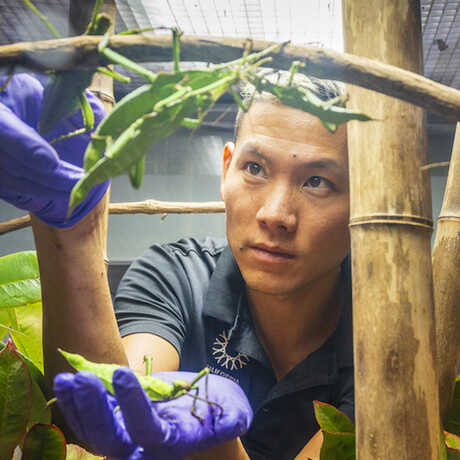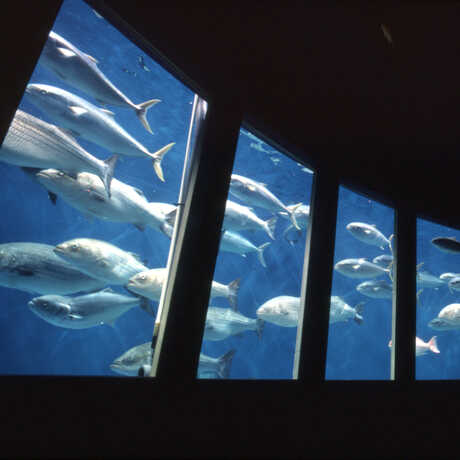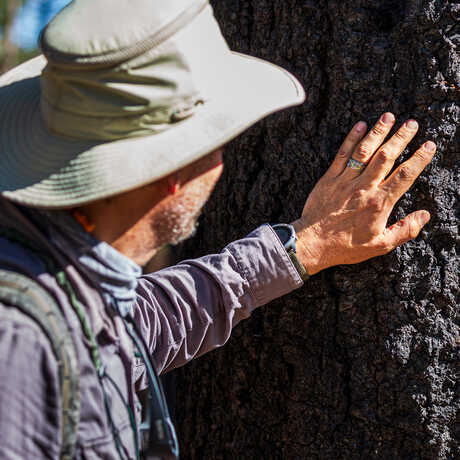12 Months of Phenomenal Science
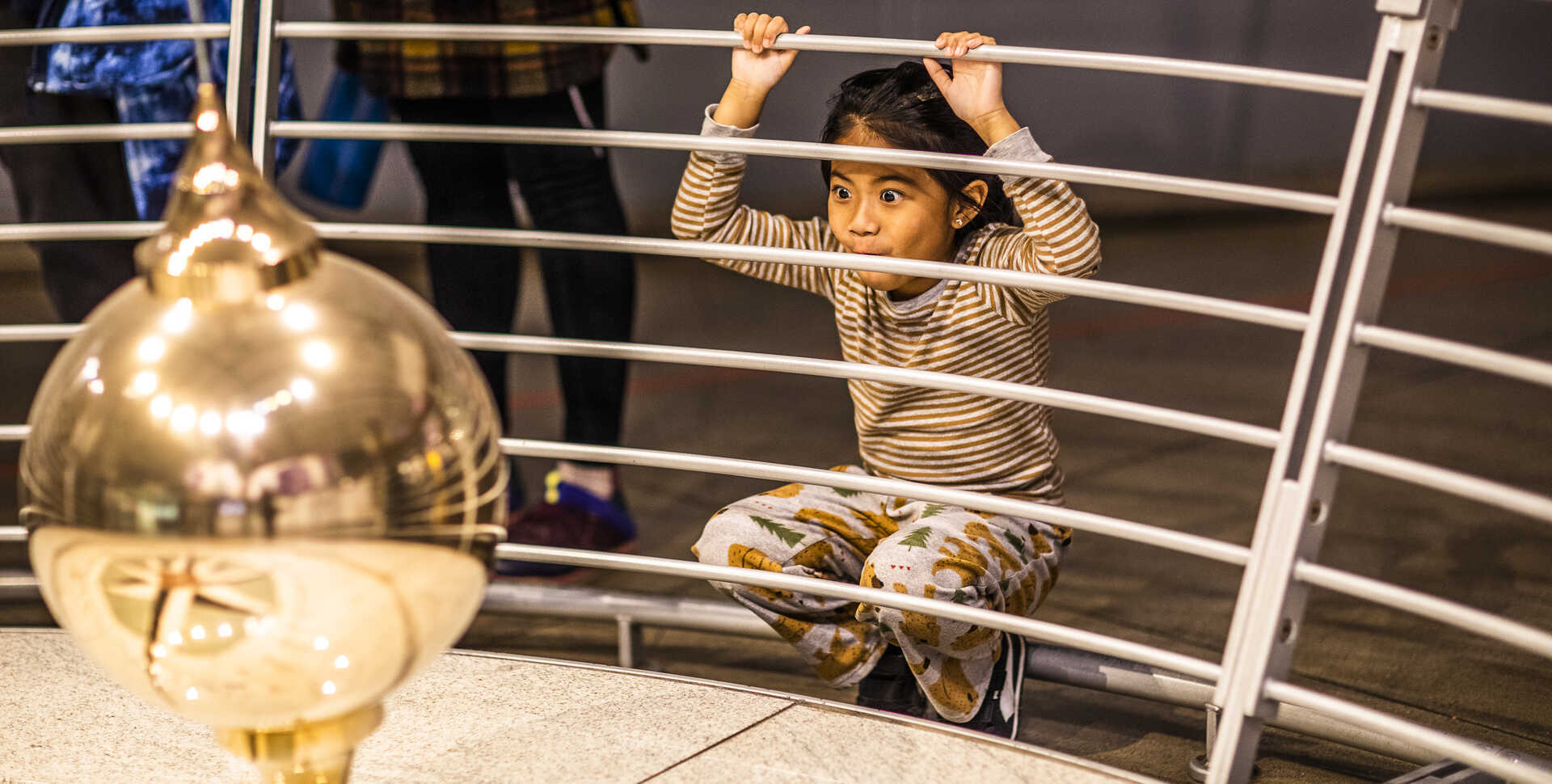
When we say the Academy is open 365 days a year, we don’t just mean the museum. From the labyrinth of labs below the public spaces (including Claude’s swamp!) to field work sites around the world, Academy staff work all year long conducting path-breaking research, caring for animals big and small, mentoring students, and more.
While 2023 was anchored by two epic occasions—our first Academy Day on April 4 and Steinhart Aquarium’s centennial on September 29—we had plenty of reasons to celebrate throughout the year. Explore 12 monthly highlights below, and peruse our annual report for more Academy awesomeness.
Luiz Rocha elected as a 2022 AAAS Fellow
Academy Curator and Follett Chair of Ichthyology and Co-Director of Hope for Reefs Luiz Rocha, PhD, was elected as a 2022 Fellow of the American Association for the Advancement of Science. Rocha has dived to the mesophotic, or twilight, zone as deep as 500 feet about 1,500 times since 2002, describing more than 20 new-to-science species along the way. "It’s great to be able to draw attention to these lesser-known reefs through this recognition," Rocha says.
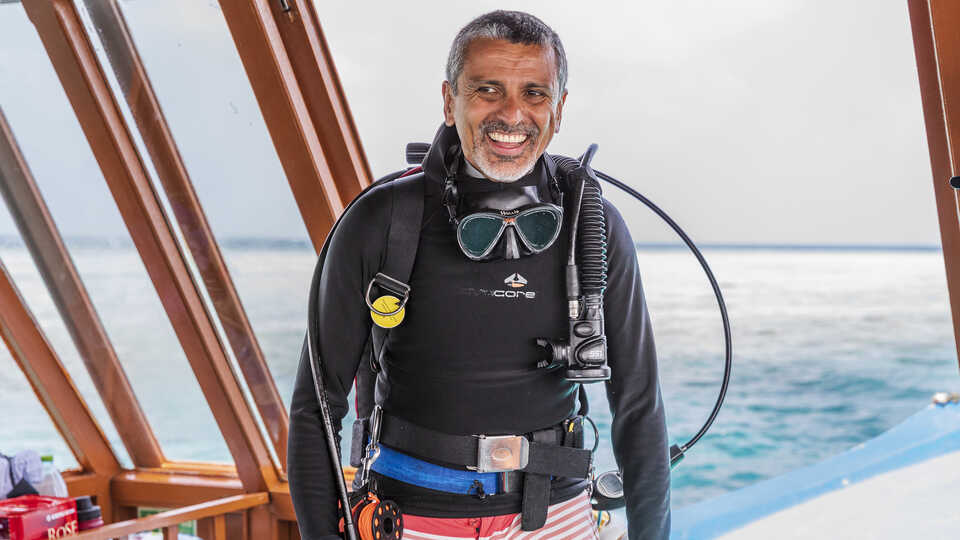
Luiz Rocha gears up for a dive during an expedition to the Maldives in March 2023. Gayle Laird © 2023 California Academy of Sciences
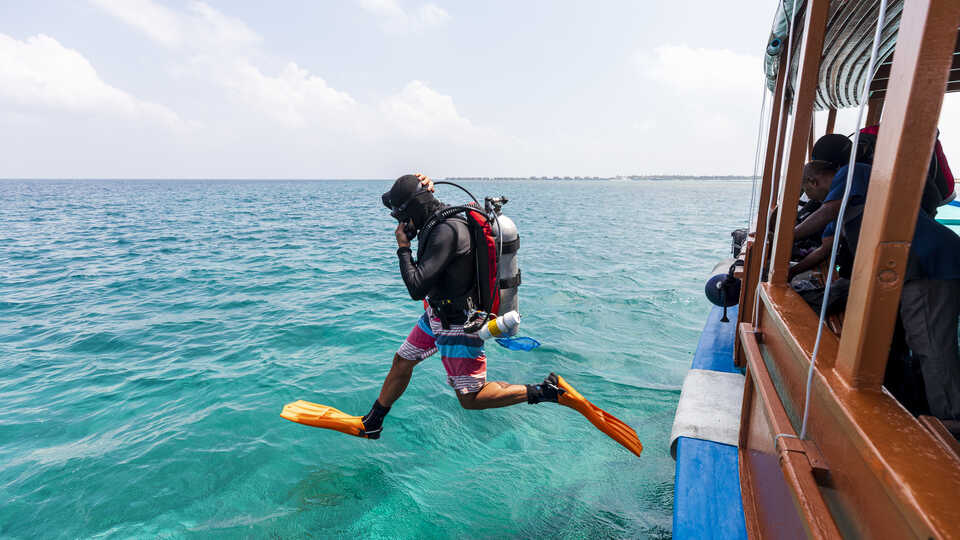
Rocha steps off the dive boat into the Maldives’ azure waters. Gayle Laird © 2023 California Academy of Sciences
Our penguin colony grew by two
Ignatz and Lazola hatched their way into our hearts on February 15, just three months after the arrival of Pogo and Ozzie. As the newest members of our Species Survival Plan colony of African penguins, the two chicks will help enhance the genetic diversity of this endangered species. Stay tuned for more penguin news in the new year!

One database, one billion scientific objects
The Academy joined a global natural history initiative linking the scientific collections of 73 museums in 28 countries. The resulting database of more than 1.1 billion biological, geological, paleontological, and anthropological objects can help us forecast the future by providing an unprecedented peek into the past.
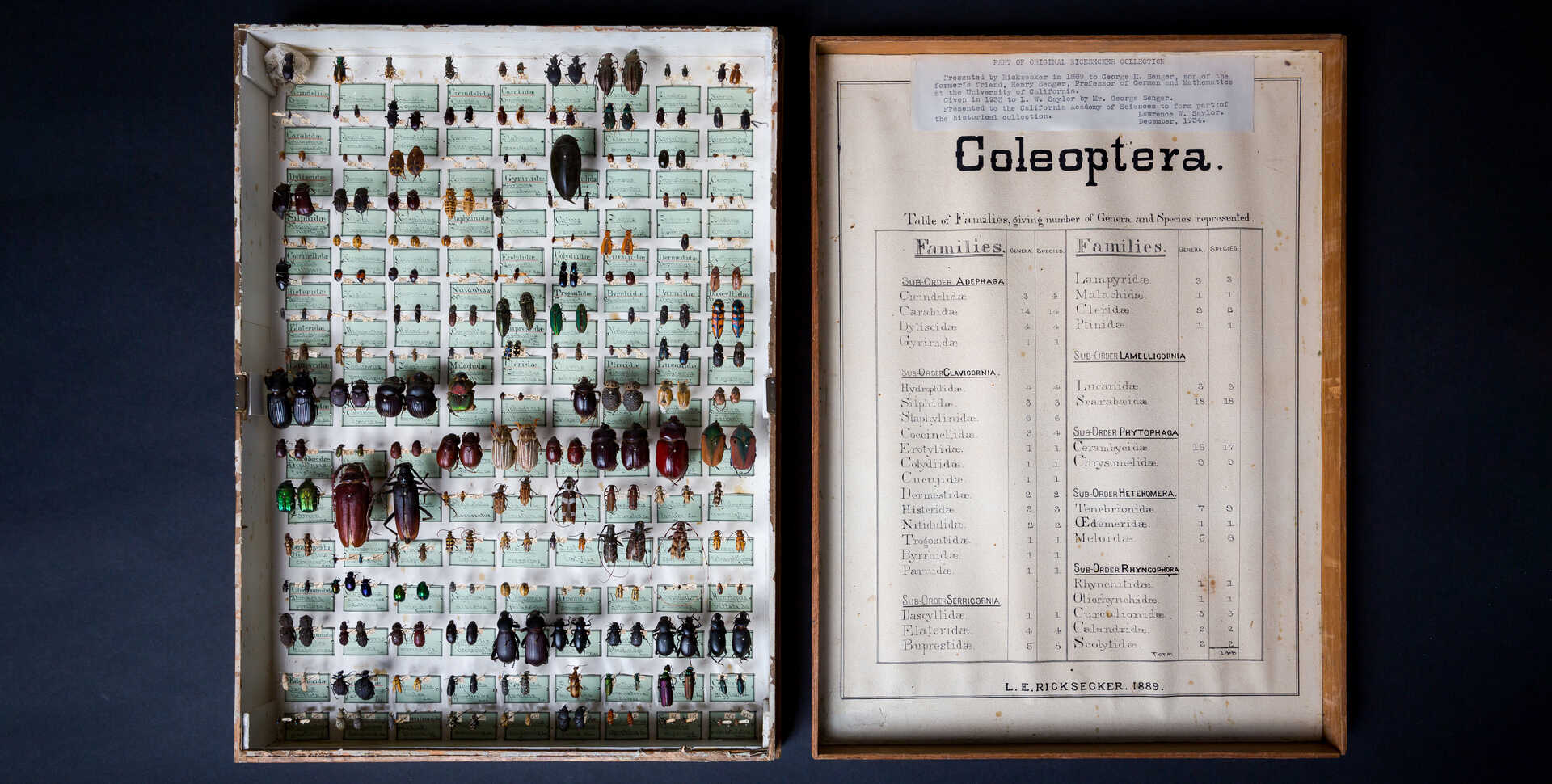
Big Bang Gala raises $2 million for Islands 2030
Our annual gala shined a spotlight on our Islands 2030 initiative, which aims to halt biodiversity loss and habitat degradation on five key tropical island archipelagos by 2030. “Islands harbor the greatest concentration of biodiversity on our planet and are one of our best chances to learn how interventions can stop—or even reverse—the biodiversity crisis,” said Dr. Lauren Esposito, Islands 2030 initiative co-director.

Bringing a butterfly back from the brink
In collaboration with the Presidio Trust, Creekside Science, and Revive and Restore, Academy researcher Durrell Kapan, PhD, led a team at Fort Ord Dunes State Park in Monterey on a search for silvery blue butterflies—the closest living relative to the extinct Xerces blue, a butterfly in San Francisco that was the first known insect species in North America to go extinct due to human disturbance, in 1943. The team is hoping to relocate a handful of native butterflies similar to the Xerces blue to the Presidio’s recently restored dune habitat.

NightLife launches Says Who? series
Who is granted authority to share stories and expertise? Who is silenced? NightLife: Says Who?, an all-new three-part series, took a critical look at storyteller privilege while creating a space to uplift the scientists, artists, and experts who have faced a more difficult road to an audience. The next iteration of the series, NightLife: Intersections, will debut this spring.

Making the cover of Nature
Researchers from the Academy and other institutions co-authored a paper published in Nature on the pervasiveness of plastic pollution in coral reefs. Surprisingly, they found that twilight zone reefs 100 to 500 feet below the surface were most heavily impacted by plastic debris. “We need to protect deeper reefs and make sure that they are included in the conservation conversation,” says Bart Shepherd, senior director of Steinhart Aquarium and one of the paper’s co-authors.

Teens take over the Academy
On August 11, 1,400 teens from 103 cities across California convened at the Academy for our 11th annual #TeenScienceNight—a free night of exhibit exploration, hands-on science investigations, and networking. In the words of one young attendee, “When I heard that I could go to the Academy for free I was so stoked. I love everything science and anything that includes the environment, so this was a perfect night for me.”

Reimagining SF: From doom to bloom
A new movement took root atop our Living Roof on September 7. Reimagining San Francisco is an alliance of 37 (and counting) organizations working to improve the ecological health of San Francisco and equitably distribute the benefits of local nature to all. “With the combined resources, brilliance, and passion of this many organizations and talented individuals, we can be a powerful agent for regenerating San Francisco,” said Dr. Rebecca Johnson, co-director of the Academy’s Thriving California initiative and a leader on the Reimagining San Francisco steering committee.

A $1.5 million grant to restore coral on Roatán
The Academy and Roatán Marine Park were awarded a $1.5 million grant by the Coral Research & Development Accelerator Platform (CORDAP) to construct the first coral rearing facility in Honduras and test the most effective methods to restore coral reefs on the island of Roatán. The three-year project kicked off in December with scientists from Roatán Marine Park visiting the Academy’s Coral Regeneration Lab (CoRL) during a coral spawning.
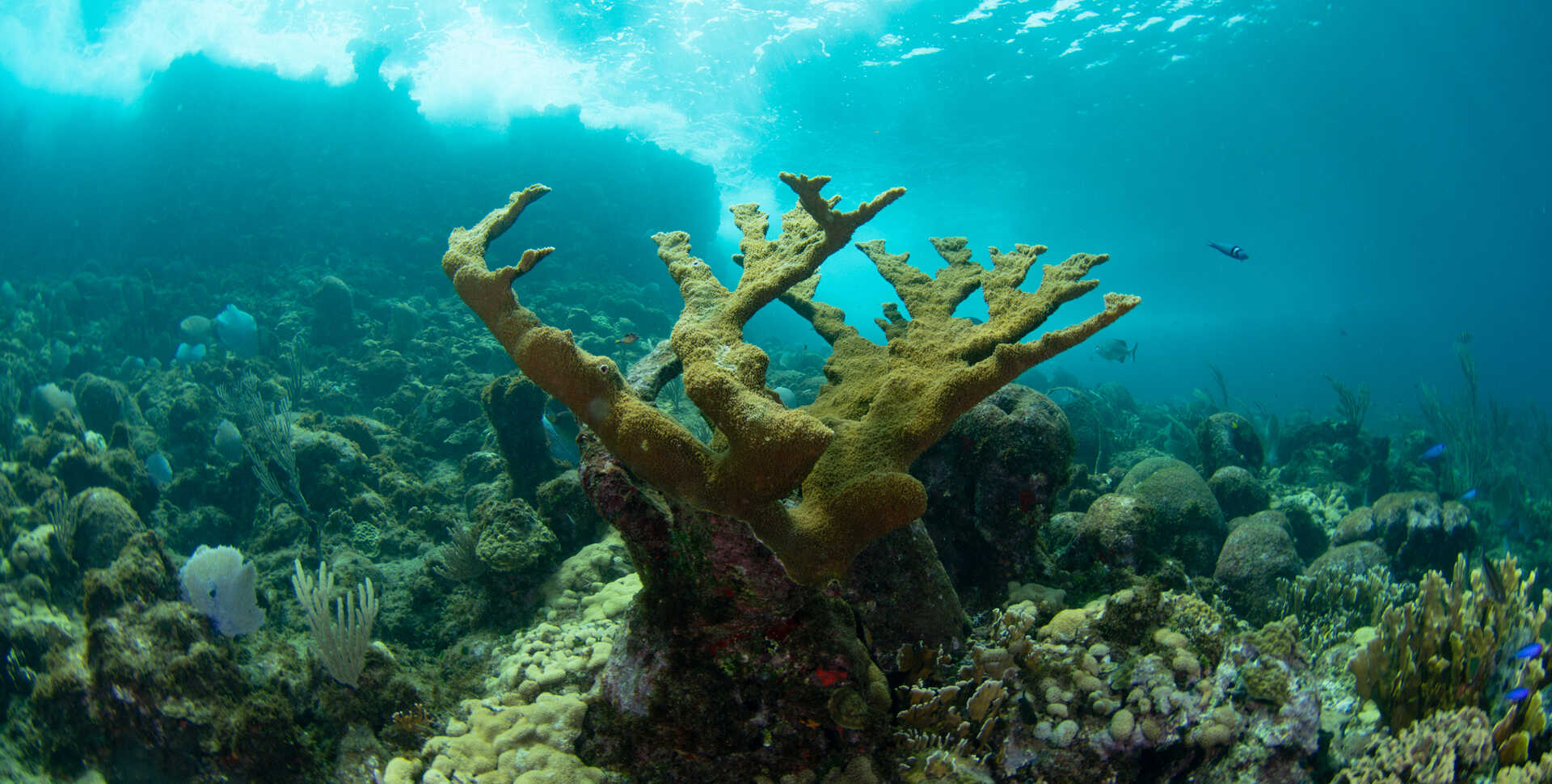
Spark lights up the planetarium dome
Morrison Planetarium’s newest original film, Spark: The Universe in Us, premiered at the Academy on November 9. Narrated by Diego Luna, viewers zoom through the cosmos to see how growing, dying, and colliding stars seed the Universe with the building blocks of life.
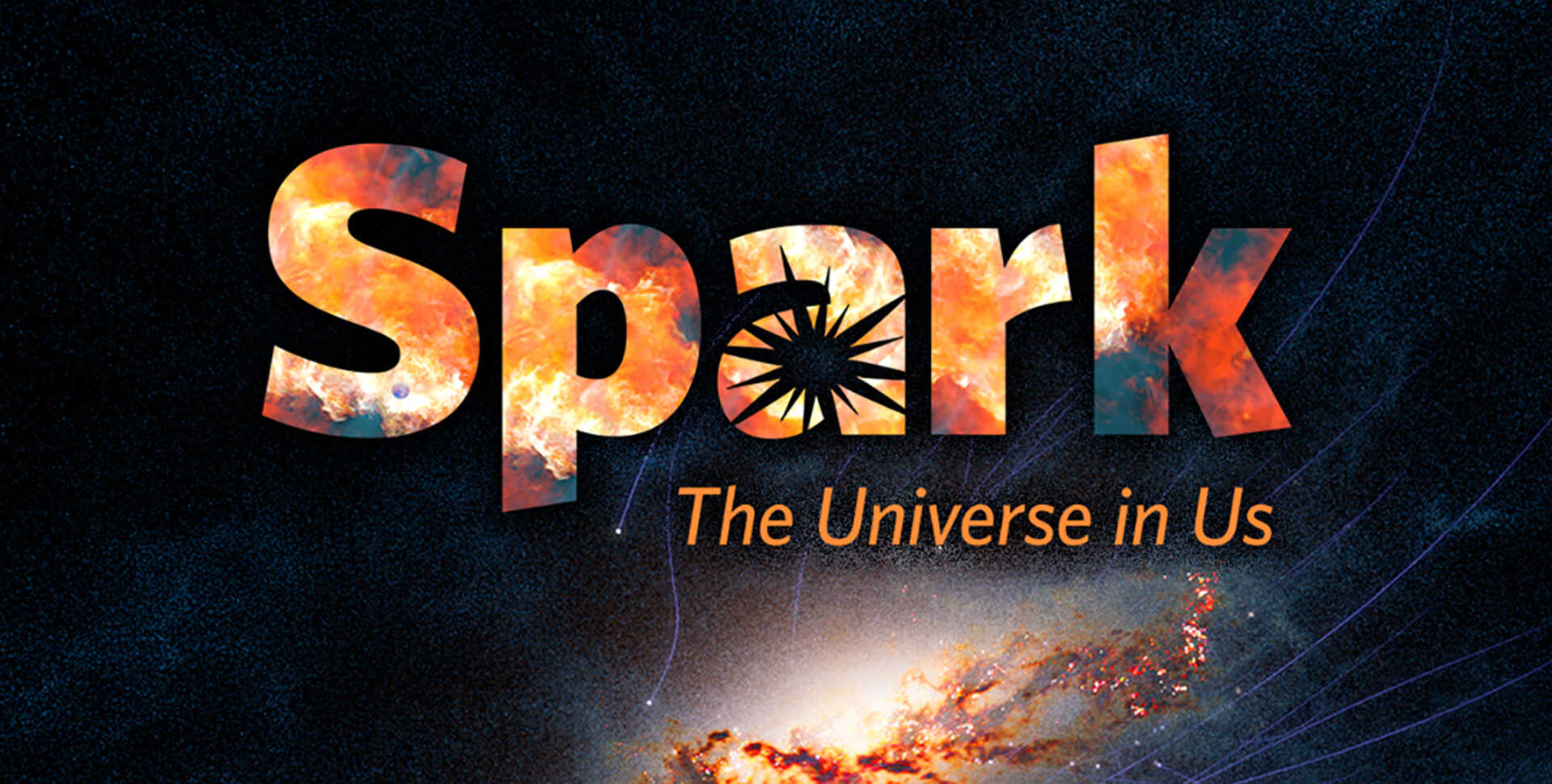
Out with the old, in with the new (coral babies)
Congratulations, it’s a gamete! CoRL played host to another successful annual spawning event earlier this month when our Acropora coral released a flurry of egg and sperm “bundles” into the water column. Our researchers hope that breeding more resilient corals will help the world’s reefs survive our rapidly warming oceans.
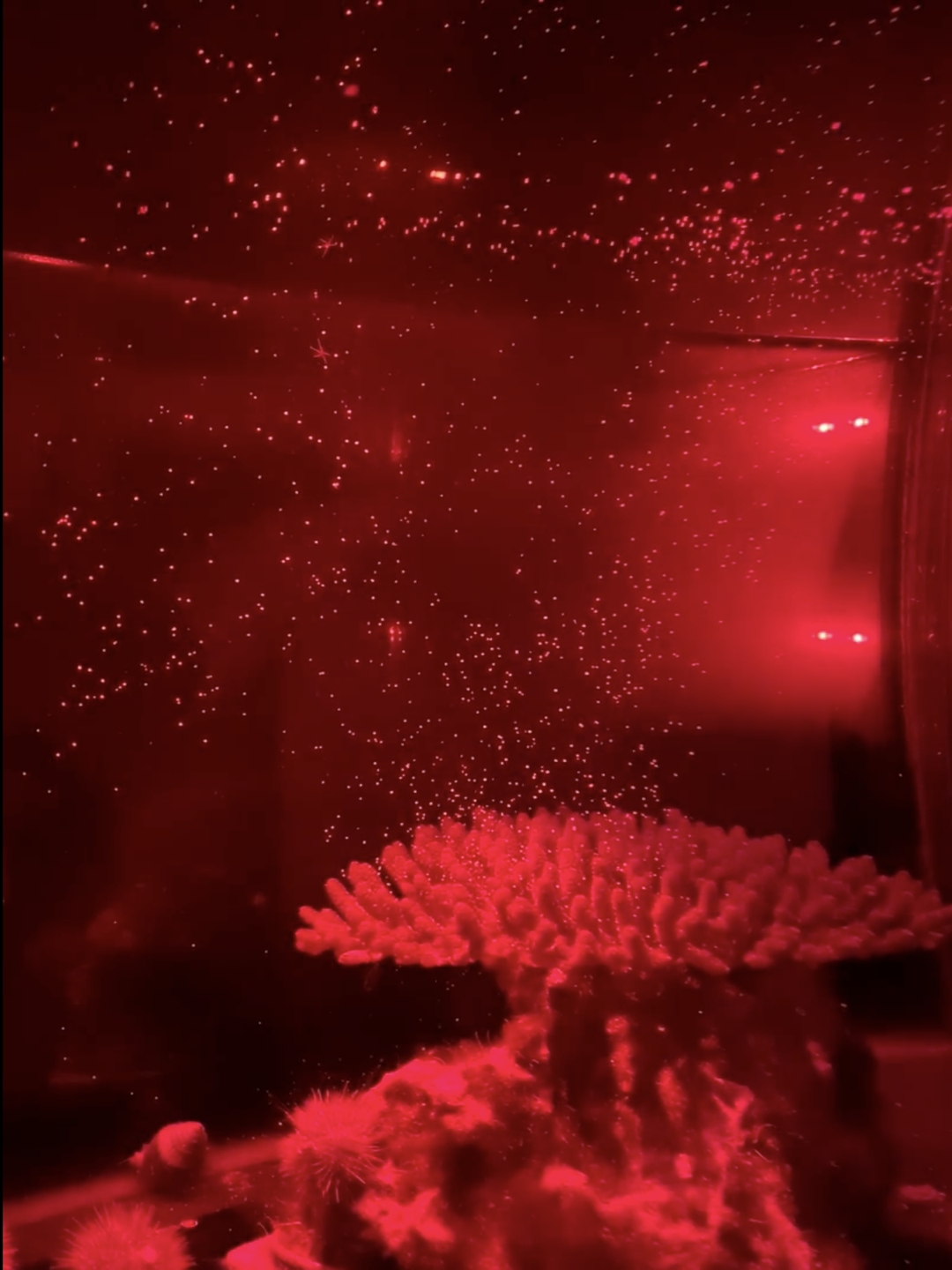
For a more detailed snapshot of Academy activities between July 2022 and June 2023, download our FY23 annual report.

